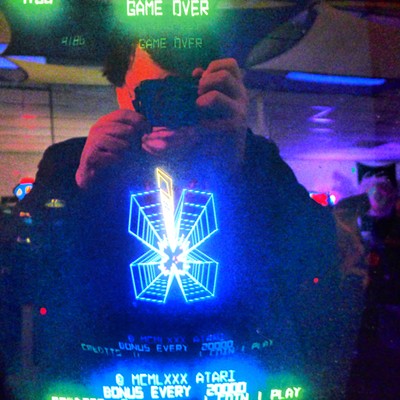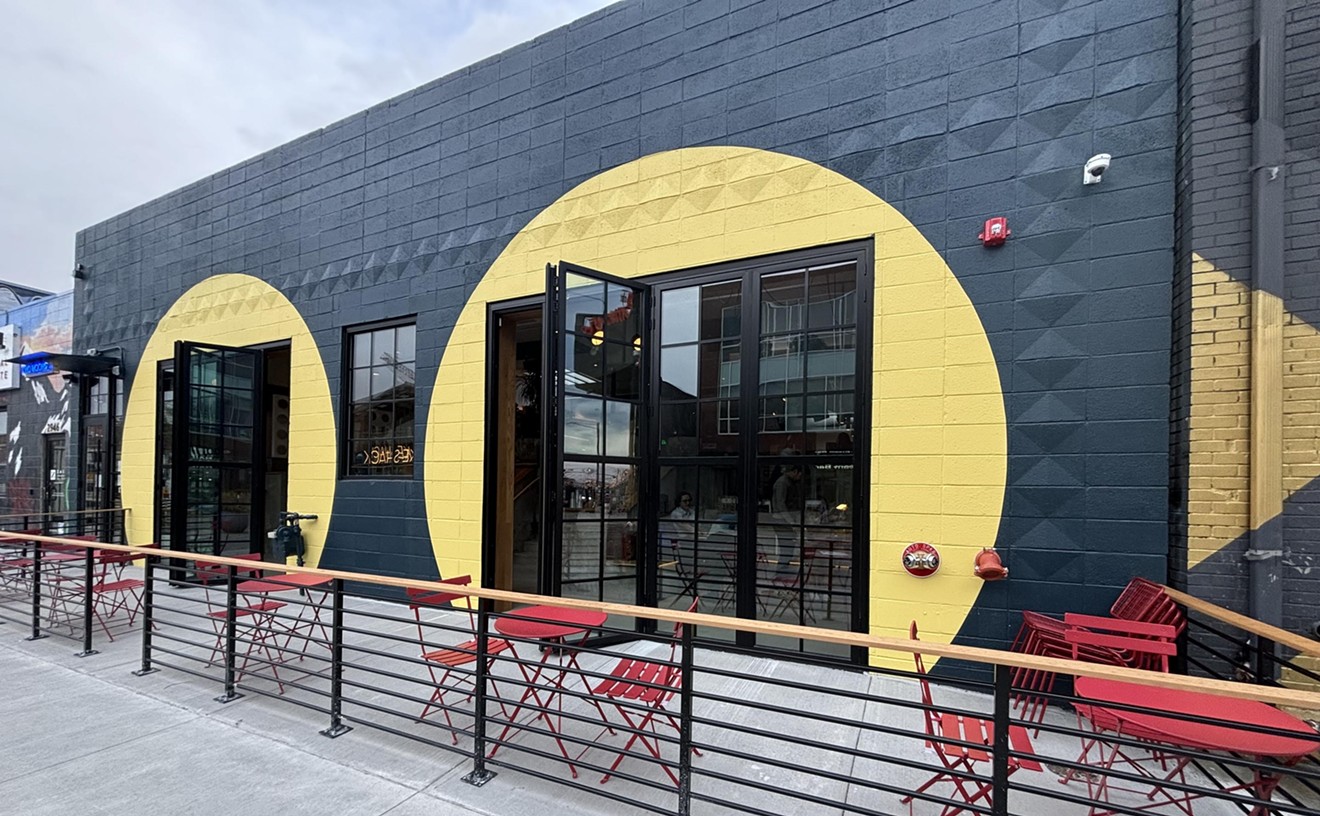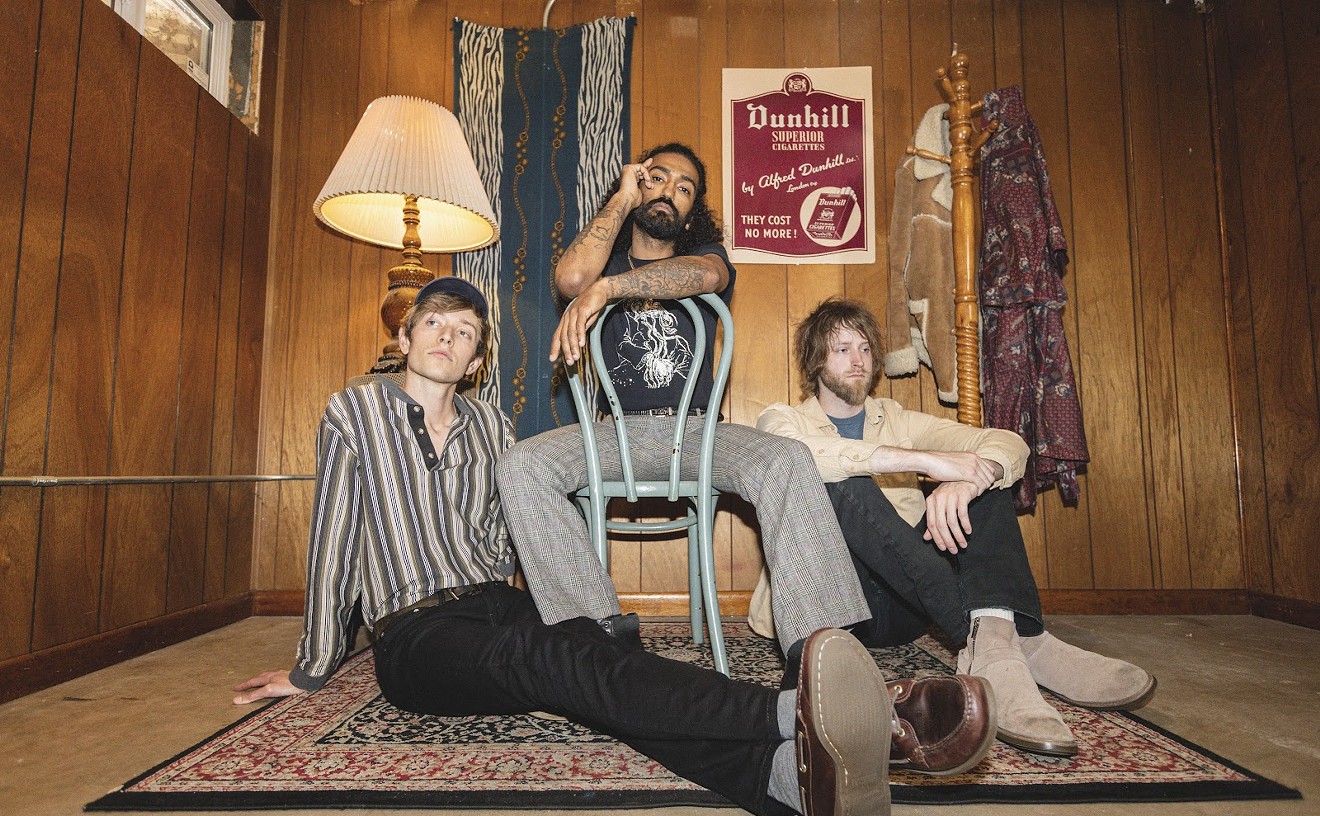Before all this talk of "shoegazing" and its genesis as a genre of music, My Bloody Valentine were considered pioneers and early purveyors of the aesthetic alongside The Jesus and Mary Chain. The group's 1988 full-length, Isn't Anything, propelled the band into the consciousness of an international audience, with its ethereal yet robust melodies and sometimes eruptive, gyrating dynamics.
Rather than repeat itself, Kevin Shields and the rest of the group spent two years and tens of thousands of pounds creating a follow-up that would, ultimately, surpass most other albums of its day in sonic inventiveness. It was the process of making that record and the stories surrounding it that created a controversy that has always seemed to threaten to tip over the artistic achievement of Loveless.
With so many reviews of Loveless in the books, much speculation has been tossed about and at least two books have been written discussing the stories surrounding the recording of the album, including Mike McGonigal's monograph for the 33 1/3 series. McGonigal's book, unlike David Cavanaugh's 2000 book The Creation Records Story: My Magpie Eyes Are Hungry for the Prize, includes interviews with the members of the band that set some stories straight and lay some rumors to rest.
Photos: My Bloody Valentine on April 24, 2009 in Denver Review: My Bloody Valentine on April 24, 2009 in Denver
As the album was in its early stages of recording, drummer Colm Ó Cíosóig came down with a debilitating illness that prevented him from properly playing his kit, and, in fact, much of the drumming is in the background except for the album's opener, "Only Shallow." This could be why many of the band's fans prefer the previous album because it allowed for Cíosóig's otherwise powerful and imaginative drumming to shine more clearly rather than through the haze of Loveless' shifting guitar tones.
This delay was in no way aided by Creation's booking of the band into multiple studios, as evidenced by the long list of engineers on the album's credits, which, according to Shields, from the McGonigal book, often only did minor duties while Shields masterminded the recording process, including an extended use of samples.
Even at taking two years to complete the recording, Shields insists in the McGonigal book that the costs couldn't have been 250 thousand pounds as Creation Records label boss Alan McGee had claimed, but, rather, "160 thousand pounds." And beyond that, the band had a licensing deal with Warner Brothers, which was fronting part of the cost of production on Loveless to the tune of 50 thousand pounds.
For fans of "shoegaze" music, it was long assumed that the band made extensive use of delay and reverb. In fact, according to Kevin Shields, whom we spoke with in April 2009, the thickly layered sounds, as effected live, were part sampler, but, more often than not, they were created by a more organic process of triggering amplifiers in sequence, with a hint of reverse reverb to twist the sounds ever so slightly.
It has also long been assumed that drugs played a big role in the band's crafting and recording of the songs, but Shields dismisses this in the McGonigal book, not only by admitting to having done a bit of MDMA and indulging in some pot, but by pointing out a bigger influence on disordering the senses.
"I had become more immersed in a general state of slight dislocatedness," says Shields referring to his general lack of sleep during the years of recording and touring for both Isn't Anything and Loveless. So the album often considered one of the icons of modern psychedelia didn't have to do less with altered states of consciousness so much as the means of attaining them.
And yet, Loveless has endured as an example of artistic achievement and evocative songwriting, precisely because its ghostly majesty and textured rhythms simply weren't to be found at that time in any other music and not often anywhere since. It sounds like the perfect fusion of electronic music and organic guitar rock, without the rockist baggage.
It's clear that Shields, Butcher, Googe and Cíosóig, while having differing levels of involvement in the album's recording -- most of that with Shields often playing the instruments -- have been able to pull off music from the album live, and this simply would not have been the case if the hundreds of guitar tracks really were present in the recording. It is Shields' clever use of the tremolo arm on his Fender Jazzmasters that give the illusion of incredible depth in what are otherwise simple songs.
If Loveless is a melancholy album clandestinely about the disintegration of Shields' and Butcher's relationship and the pressures of artists trying to do one better than a successful and critically acclaimed record like Isn't Anything, it has a heft that has proven influential on more bands than would be worth listing including some surprise admirers like Napalm Death's Barney Greenway, who has often cited the My Bloody Valentine as an influence in interviews, including when we spoke with him in May 2009.
You can hear the fingerprints of Loveless on so much of today's music that it's practically part of the musical DNA of anyone who has picked up a guitar since and decided to make weird, yet musical, noises with it rather than follow the route of more conventional, established styles of music.
And that's just it: With Loveless, My Bloody Valentine wasn't trying to be a "shoegaze" band. It wasn't even influenced by the gossamer tenderness and grandeur of Cocteau Twins, as is the case of many of its contemporaries. Rather, it was directly influenced by American purveyors of noise experimentation in a guitar rock context like Sonic Youth and Dinosaur Jr, along with the penchant of those bands for extremes of volume and use of feedback.
This, then, follows in the long-standing tradition of British artists hearing American forms of rock and roll, reinterpreting them and innovating those ideas into something completely unique and brilliant in its own right. Loveless is a reflection and evolution of underground American rock of the '80s, and that sets it apart from the work of most its peers in the UK, and accounts for the reason it has resonated with musicians so strongly and exerted such an influence on both sides of the Atlantic and beyond since.
More Album Anniversary Essays:
- Oasis' (What's the Story) Morning Glory? turns a bratty sweet sixteen
- T. Rex's Electric Warrior turns forty
- Nirvana's Nevermind turns twenty
Follow Backbeat on Twitter: @westword_music











